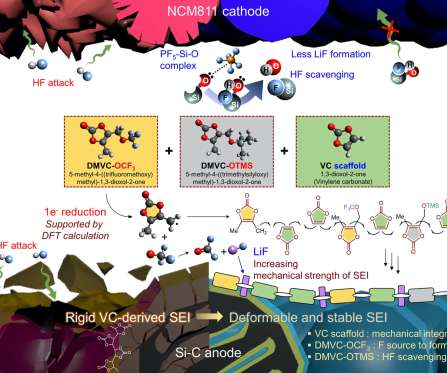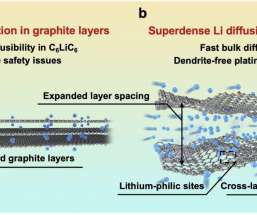China team develops highly active catalyst for hydrogen production from methanol-water
Green Car Congress
JANUARY 2, 2021
Methanol–water reforming could prove to be a promising solution for hydrogen production/transportation in stationary and mobile hydrogen applications. Under optimized conditions, Ni/?-MoC In a paper in the Journal of the American Chemical Society , the team reported that Ni is atomically dispersed over ?-MoC 0c10776.






















Let's personalize your content